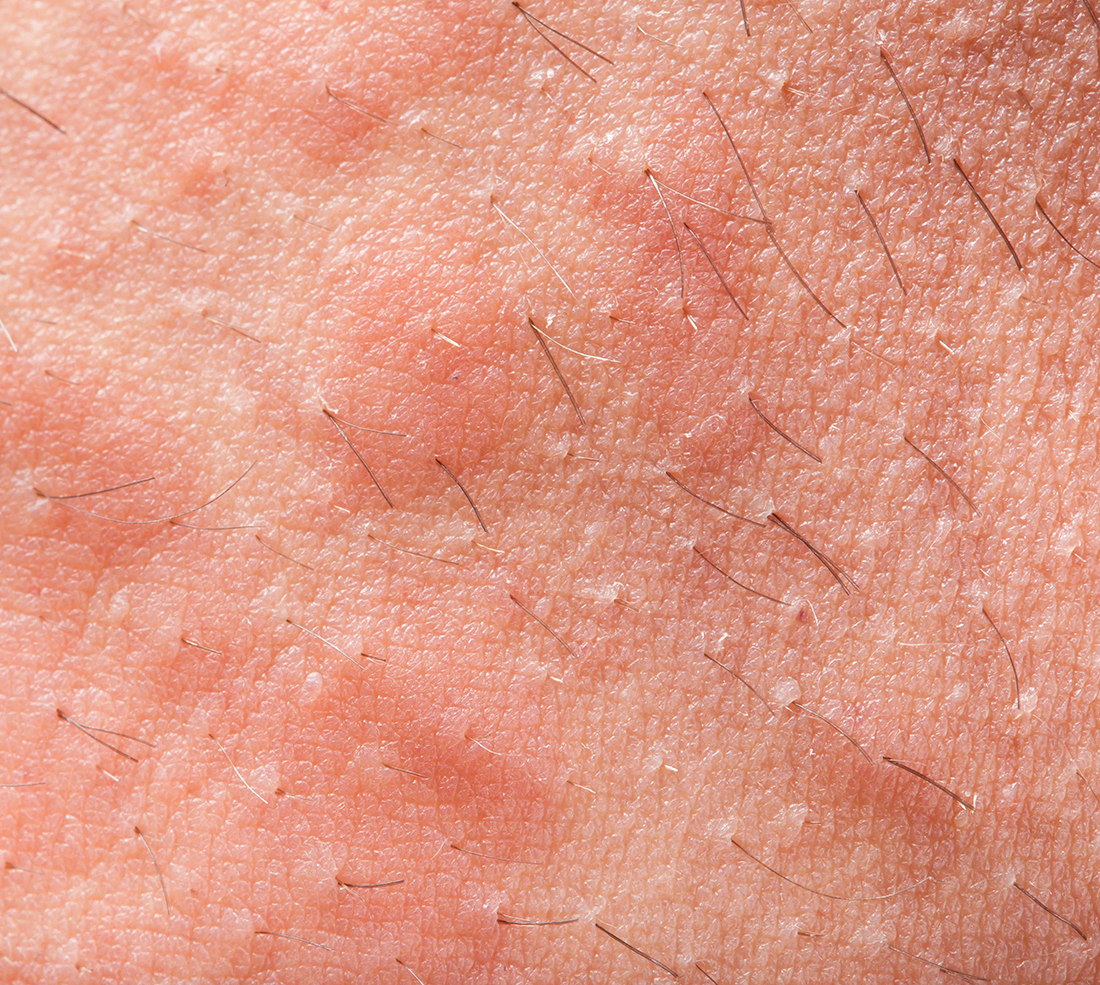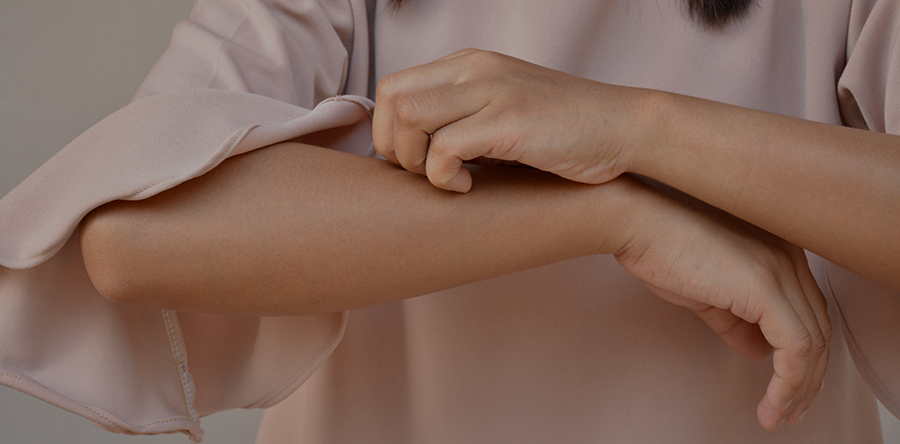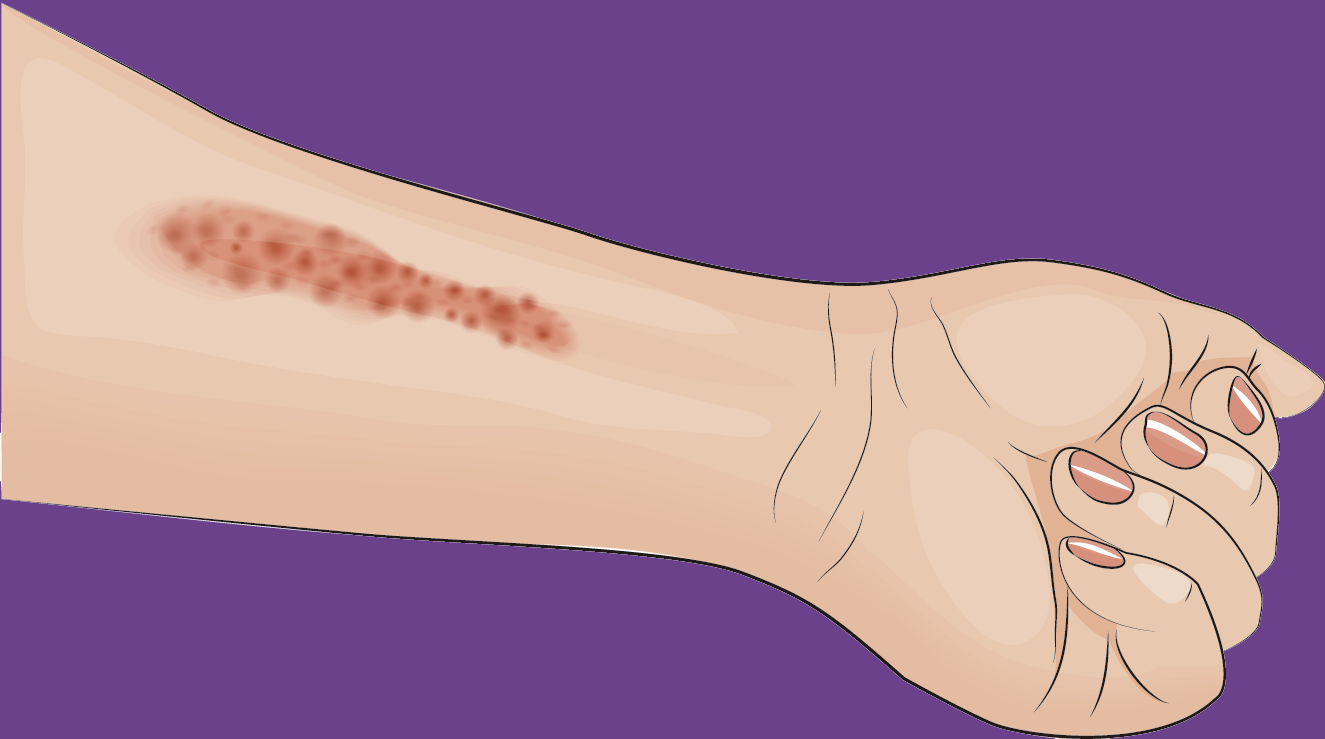
Bédard A, (…); MASK study group.
A cross-sectional real-world observational study took place in 22 countries to complement a pilot study and provide new information on medication use, disease control and work productivity in people with allergic rhinitis.
A mobile phone app (“Allergy diary”, available for free on Google Play and Apple store) was used to collect data of daily visual analogue scale scores for overall allergic symptoms, nasal, ocular and asthma symptoms, work and medication used by choosing from a list that included all allergic rhinitis medications (prescribed and over-the-counter) available in 22 countries.
The 4 most common intranasal medications containing intranasal corticosteroids and 8 oral antihistamines were considered for the study.
9,122 people who used the mobile application filled the equivalent to 112,054 days of visual analogue scale scores in 2016 and 2017. All other assessments were informative. Users with allergic rhinitis selected between none, single, or multiple treatments, with those referring multiple treatments corresponding to the worst control of symptoms and increasing the range of treatments used.
The analysis also revealed a similar trend for asthma, eye symptoms and work productivity.
Conclusively, although differences between oral antihistamines were found, this study confirms the usefulness of the application Allergy Diary in accessing and assessing behaviour of people with allergic rhinitis.

















